We’re excited to introduce you to the always interesting and insightful Bridgett Martinez. We hope you’ll enjoy our conversation with Bridgett below.
Hi Bridgett, thanks for joining us today. Can you talk to us about a project that’s meant a lot to you?
The most meaningful project I’ve ever worked on was an original play called “Like Me”. In 2021, I received the Support For Artists grant through Julia De Burgos Cultural Arts Center (JDBCAC) in Cleveland, Ohio, which gave me both financial and physical resources to put up a project within my 3-month residency. At the time, I was about a year post-grad, however, the circumstances were not what I expected because I graduated from a theatre program in May of 2020. Because of the pandemic, the theatre industry was essentially frozen and Broadway was completely shut down. I was taking a break from theatre since school had burned me out and Zoom plays were not my cup of tea. But I still felt a desire to create. I had actually just started directing before the shutdown, so I wanted to continue learning that practice after studying performance for 4 years.
During this period of post-grad pandemic life, I was feeling a lost sense of identity. I always closely aligned my self-worth to being a student and doing theatre, and with those parts of my life missing, I remember feeling similarly to how I felt as a teenager as a new student in my high school. I didn’t know who I was, what made me happy, who I was doing anything for. I started to write down phrases, songs, and ideas that surrounded these feelings. I coincidentally found out about this grant from a fellow director soon after, and my brain immediately conjured up images of young women speaking candidly about these topics in their own words. I wanted to use some of my skills in devising (which I picked up while working with an amazing theatre company called Gum-Dip Theatre) to create an original play with a small group of young women of diverse backgrounds in the Cleveland community. My original concept of the play was a story of a group of friends at a sleepover suddenly finding themselves in a room made up of mirrors with no exit. They realize that they must face their reflections and agree to accept themselves before they can be set free.
Through JDBCAC’s connections to the Cleveland community, I cast a group of four young women ages 16-18. Since this was a devised piece, many of our first few rehearsals were discussion-based, talking through topics of self-confidence, feminism, school and family pressure, identity, relationships… Anything and everything related to being a young woman and accepting yourself. We also played theatre games and improvised scenes related to our topics until we came up with a script. Each actor created their own character and wrote a monologue for them, and they could choose how closely it related to their own experiences. I made it very clear that I did not want this play to force them to expose any traumas or feelings they didn’t feel comfortable sharing in front of an audience. I was also very intentional in the way I connected with the girls, as I wanted them to feel safe to be vulnerable and try new things. The monologues they ended up writing were so real and honest; each represented a different feeling most people could relate to, regardless of age or gender.
Since the Center did not have a stage, my cast and I, along with some local theatre connections, created our stage from scratch. In the basement of the building, we put some black curtains in a square and called it a blackbox, borrowed a bed and some acting blocks, and the girls brought their own posters and photos to decorate the stage to make it feel like a teen girl’s bedroom. We had talkbacks after each show in which the audience could ask myself and the actors questions, and we largely found that almost everyone could relate to a specific feeling that was expressed in their monologues. It was the most fulfilling, community-building project I had ever worked on. As a director, it gave me the foundation of how I want to conduct my rehearsal spaces–prioritizing the humanity and wellbeing of the artists in order to earn their vulnerability and trust. On a personal level, as an artist, it was my first time actually producing an original idea and feeling like it was successful. I am still very close with the cast and the experience changed all of us and created long-lasting friendships.
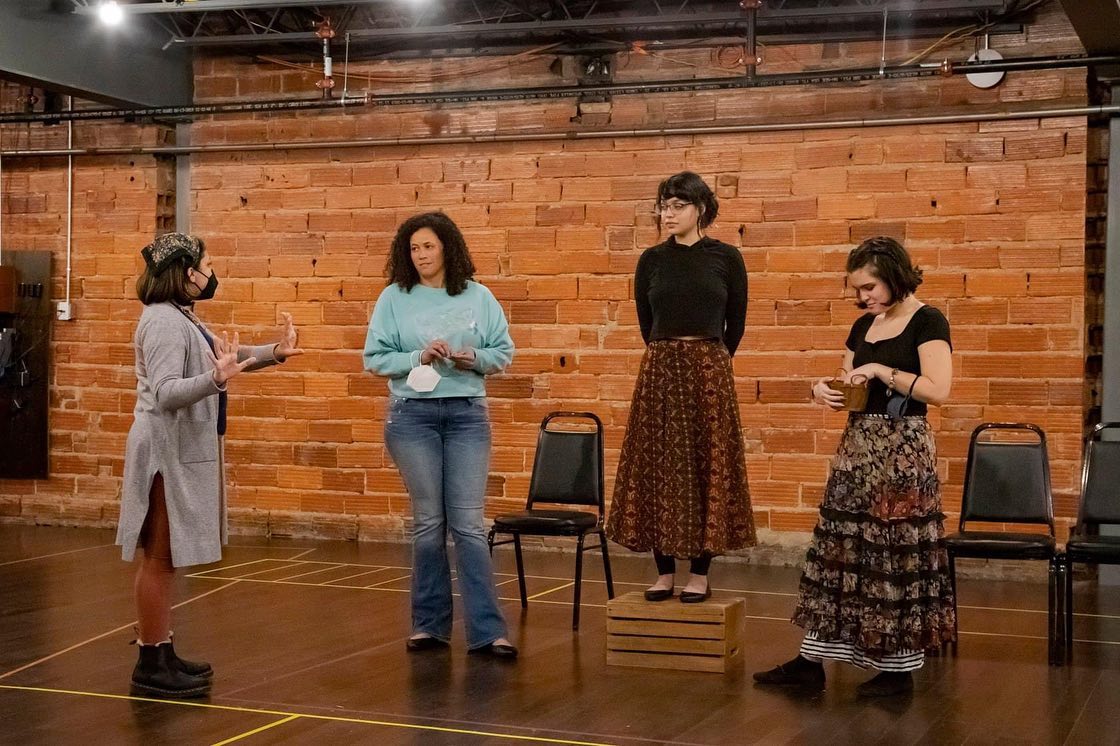

Awesome – so before we get into the rest of our questions, can you briefly introduce yourself to our readers.
My name is Bridgett Martinez, I am an actor, director, and teaching artist from Cleveland, Ohio. As a theatre artist, I am passionate about uplifting new works written by historically underrepresented voices and redefining the classics. As a director, I’m dedicated to deconstructing “the show must go on” practices in theatre; instead, my main goal is to create environments that embrace humanity first. I am a proud daughter of Puerto Ricans, so my work is also inspired by my identity and experience as a states-born Latina.
I always knew I loved theatre from a young age, but only fell in love with Broadway and musical theatre later on in high school. Soon after I realized how much I loved it, I auditioned for musical theatre college programs and studied at Kent State University. Through my four years, I learned what it meant for theatre to be work versus just something I loved; a huge shift for anyone beginning their artistic careers. I learned from amazing people, but the switch from doing theatre for fun to pursuing it as a profession was very tough for me mentally and emotionally. Along with the typical stressors of being in a program like this, as a person of color in a predominantly white institution, I constantly felt that there wasn’t space for me, as I was, in theatre. This is when I began seeking opportunities outside of my theatre building and adding onto my craft aside from just singing, acting, and dancing.
I did my first devised piece with Gum-Dip Theatre in Akron, where we told the real stories of asylum-seekers at the southern US border and the challenges they face entering the country. This experience, in which we took source material and created the show as an ensemble, opened my eyes to how I could use my creativity in theatre in a new, unexpected way. As an actor learning to audition for specific roles, it was hard to feel “creative” when I just wanted to feel “right” for the part. In creating an original piece, there was no right or wrong. The subject matter of the play was also incredibly important, and I realized how much I cared about how I spent my time as a theatre artist. As performers, that can seem like a privileged way of thinking, and I probably don’t work as much as I could because I really want to dedicate myself to work that speaks to me in some way. Though that’s not to say silly shows like “Spongebob Squarepants the Musical” can’t fall into that category!
Once I graduated college, I was growing an interest in becoming a director. In my classes, I could always picture scenes and my classmates on stage so vividly, and I craved the opportunity to bring my favorite plays to life. I moved back to Cleveland and immersed myself in the amazing theatre community the city offers. I knew I wanted to get involved with a Latino-based theatre ensemble called Teatro Público de Cleveland (at Cleveland Public Theatre), as I had been to a few of their shows as a student and I was eager to work on plays by Latino playwrights with other Latino artists. I was quickly embraced and directed my first professional production, The River Bride by Marisela Treviño Orta. I was so grateful for the space to develop my practice as a director on a play that I truly loved. Since then, I have worked with theatre companies around Cleveland such as Dobama and Near West Theatre, which has only added to my practice of creating environments safe for artists to do their most daring work, knowing that they are being taken care of.
While living in Chicago, I have performed and directed various shows, most of which have been new works. I am a part of a theatre company called Do Process, and our mission is to foster the upcoming generation of theater makers and theatergoers by prioritizing innovation and humanity in our process. Working with the artists in Do Process has been eye-opening, as we’ve been doing the work to deconstruct harmful theatre practices that have been ingrained in our culture. As a mainly Gen Z ensemble, we also put a focus on integrating technology and multimedia aspects in an effort to work with the fact that our generation (more than others) is “chronically” online, instead of working against it.
Although I’m relatively early in my career, the state of the world after graduating college has completely shifted what I expected out of being a working theatre artist. I am much slower to make decisions about the work I do; I don’t feel the urge to audition for every single thing just to stay busy, and I try instead to keep myself open to other possibilities, even if it means creating opportunities for myself.
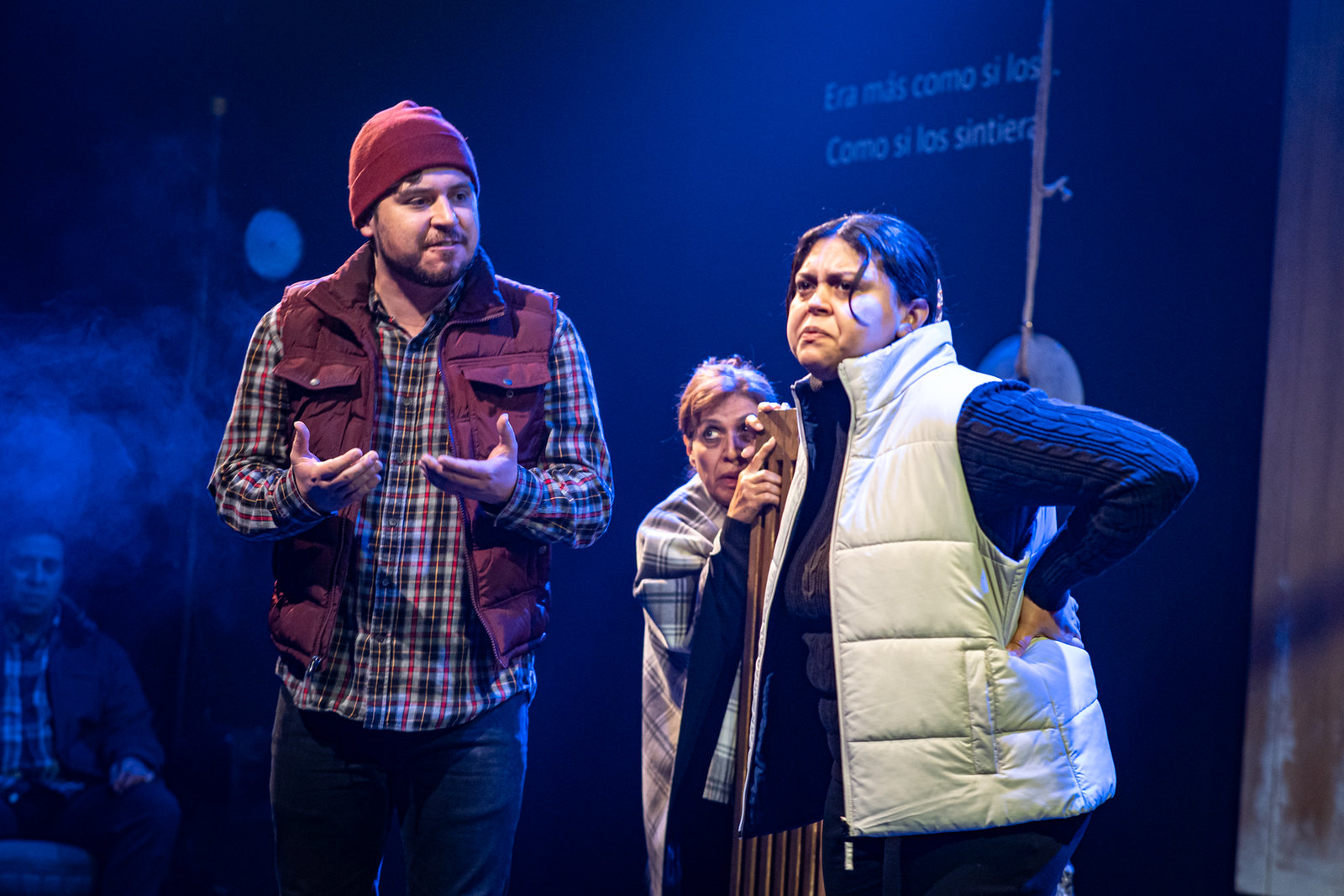
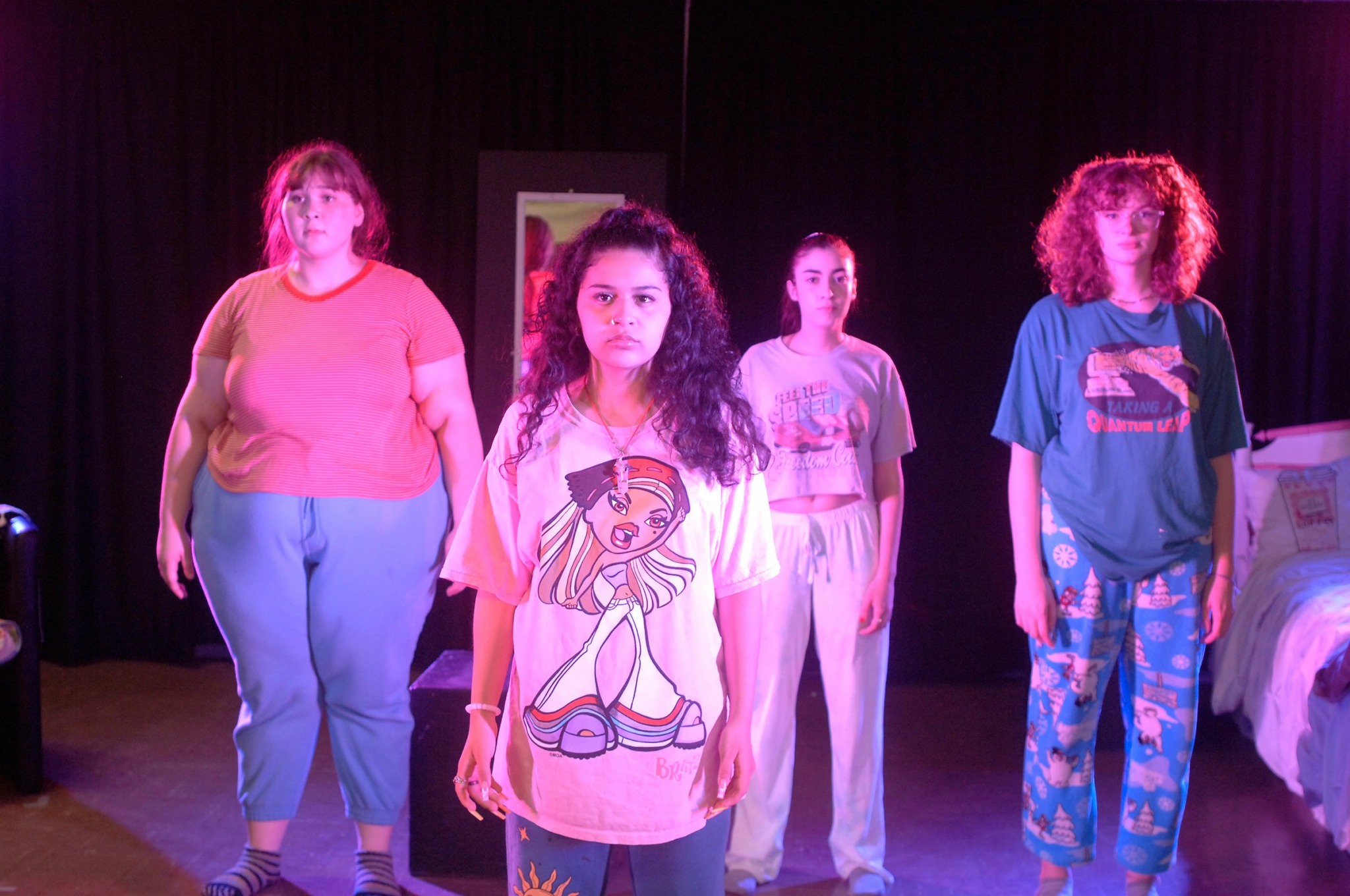
Is there mission driving your creative journey?
I am passionate about keep theatre alive by making it accessible and interesting to new audiences. I didn’t have access or awareness of theatre performances or opportunities growing up, and that is still true for many people. I think of all of the kids out there who may love performing and would love to be on a stage but don’t realize it because they’ve never had the chance. As a teaching artist, I love working on programs that specifically strive to bring theatre to new communities.
A lot of what people think of as theatre is usually the old, white, and stuffy. While there is a time and place for Shakespeare, I truly believe that this is the time for new voices to shine. I am most inspired by new works because these are the stories that are going to bring new audiences into the theater. I directed a play called “The River Bride” through a Latino theatre company called Teatro Publico de Cleveland. As part of our community outreach, I invited a group of young Latinas in a leadership program to a show. I remember many of the girls had never been to a play, and they were all nervous, on their best behavior for the theater. As the show went on, though, the story drew them in so much they began to let go, audibly reacting and engaging with the show. A live audience! The cast and I all agreed that it was our best audience because they were so into the story, their energy added to the performance. The girls left the theater not only reflected by other talented Latinos on stage, but realizing theatre could be something exciting and engaging, not something to only observe quietly. I strive to make new theatre fans with every piece I work on.
When it comes to the rehearsal room, I am dedicated to deconstructing old, harmful standards that have been upheld in the theatre industry. While in college, I got used to working myself to the ground just to do a show that would pay me $200 in total (or nothing at all), just to have a credit on my resume. My college years feel like a blur because most days were running from work to class to rehearsal, in a circle, every single day. Once the pandemic brought us to a screeching halt I, like many, realized how burned out I was… for no reason. Since then, I’ve learned to value my time and wellbeing, and I extend that same care to other artists I work with. I think we generally pay more attention to self-care since 2020, but theatre is an especially intensive art form that should consider artists’ wellbeing more intentionally. Theatre requires its artists to be physically present and active for weeks, sometimes months, of rehearsal and then continue to perform every weekend after that.
When I direct, I immediately set an intention that our rehearsals are a closed, safe space to do our most vulnerable work. We check in and and check out of each rehearsal to gauge each artist’s energy and we hold space for physical, mental, or emotional hardships. I have found that these practices create stronger relationships between cast members and between the actor and myself, and that connection is incredibly important in our storytelling because we understand each other on a human-level. It doesn’t mean we all become best friends and it’s sunshine and rainbows every time, but it does mean that everyone feels taken care of and seen, regardless of how they’re showing up that day.
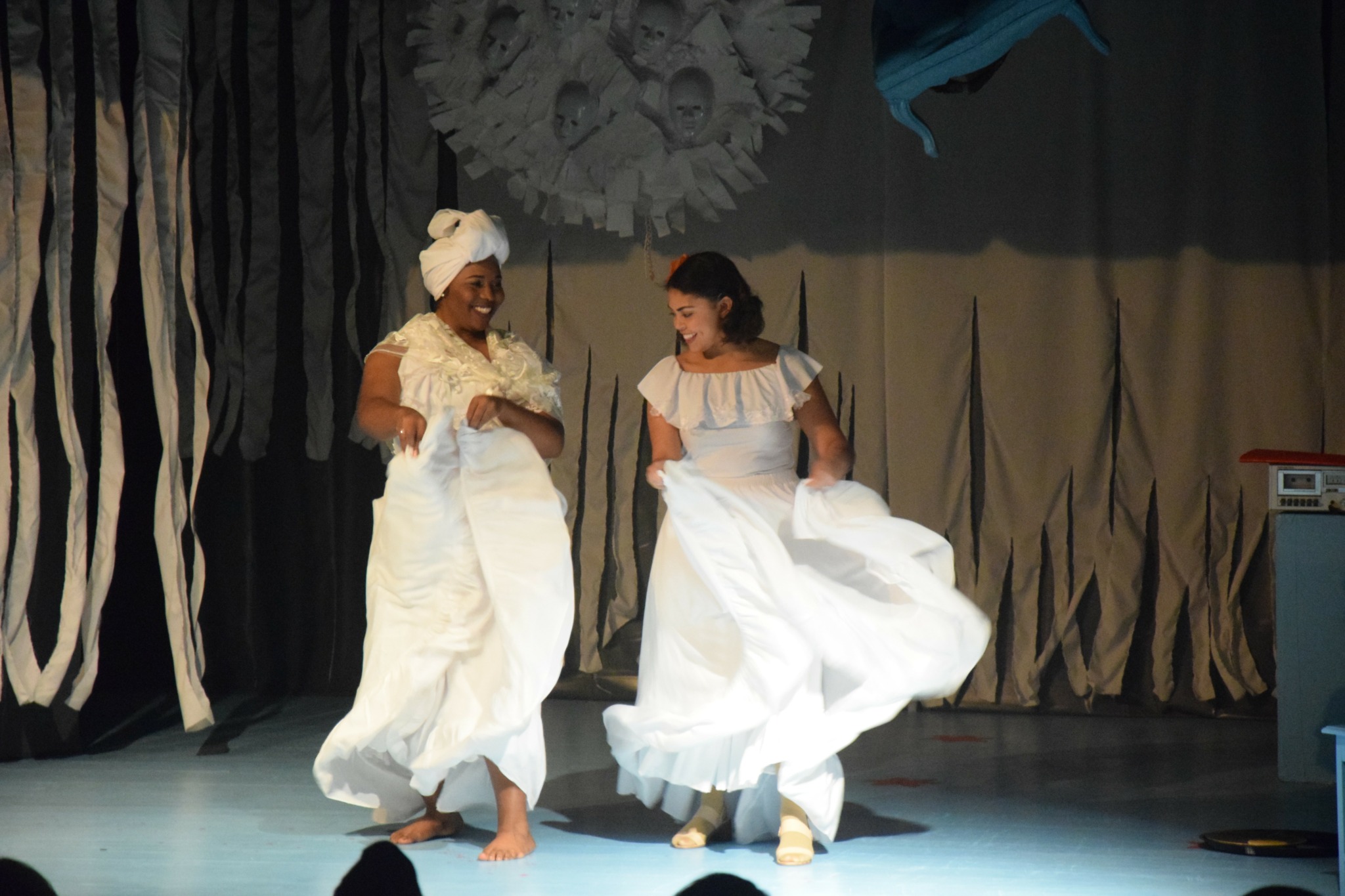
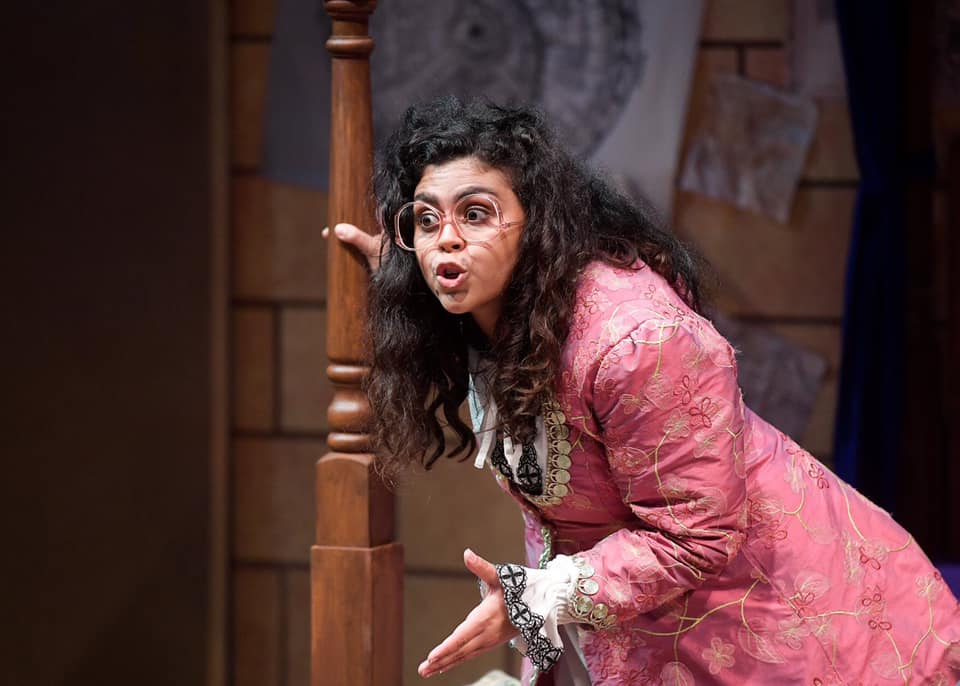
Is there something you think non-creatives will struggle to understand about your journey as a creative?
I think some non-creatives may not understand the validity of artistic careers, especially with them being nonlinear and untraditional. We can’t necessarily make a 10-year plan to climb a career ladder. People can perform on Broadway and, after their show closes, still end up working at Trader Joe’s. Because of this, it’s really hard for creatives to quantify the success of their careers.
I am someone who has always worked full-time while pursuing my art because that’s what I’ve needed to get by. I hate the question “what do you do?” because usually the person asking is expecting me to tell them what I do for work, and I get caught up defining myself by my desk job because that’s not what I consider to be my career. I am a theatre actor and director. “But how do you make money doing that?” Because creative work is often low-paying, it can feel difficult to justify our commitment to what we do. But the truth is, we’re okay with not defining our careers by how much money we make because we love what we do and it’s what we’ve chosen to dedicate ourselves to!
Contact Info:
- Website: https://bridgett-martinez.com
- Instagram: @bridgettm.thtr
- Linkedin: https://www.linkedin.com/in/bridgett-martinez/
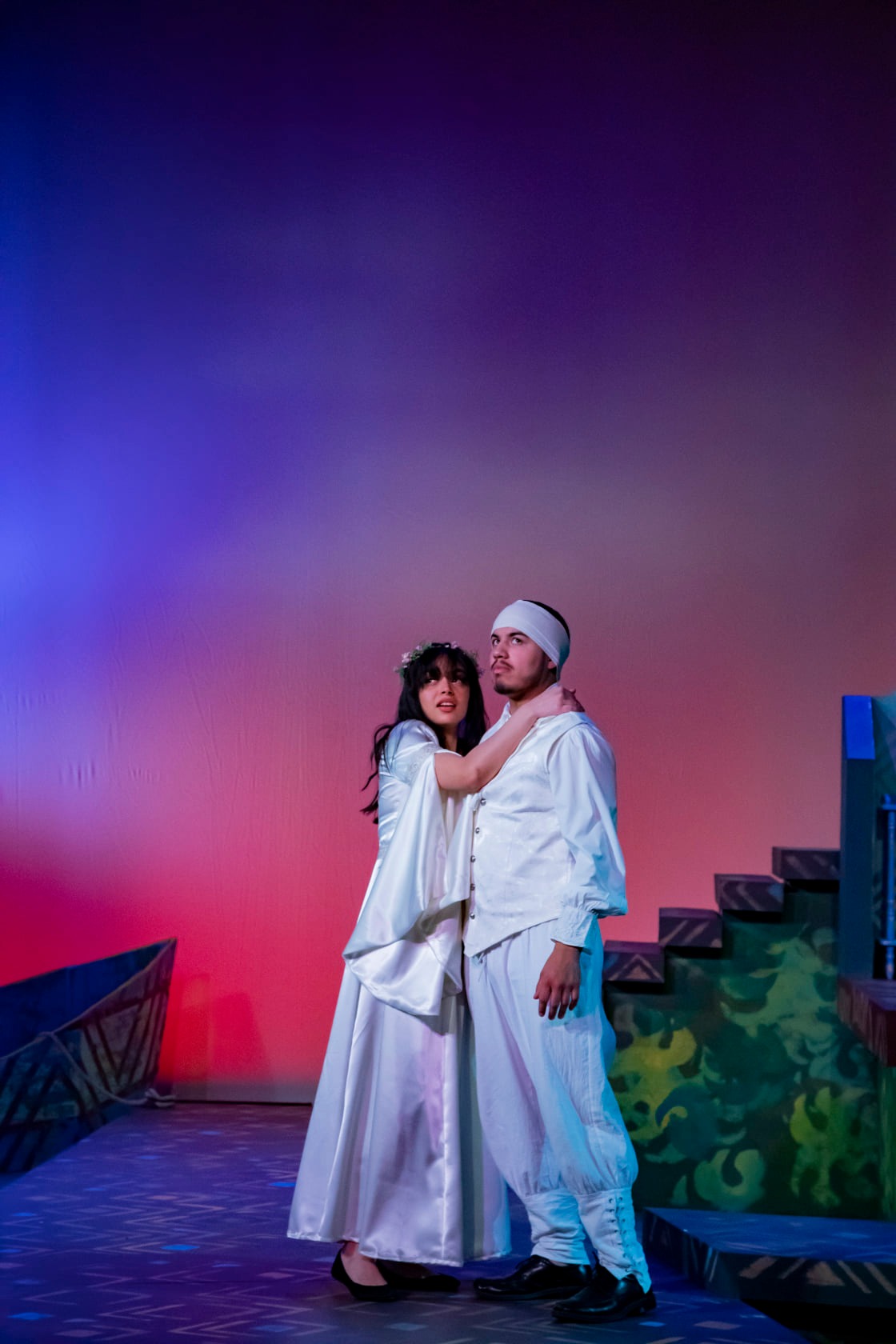

Image Credits
Sub/Urban Photography, Karl Soderstrom, Jermaine Jackson, Steve Wagner, Joel Willison


